Goth Chick News: Elijah Wood Gets Too Freaky for New Zealand
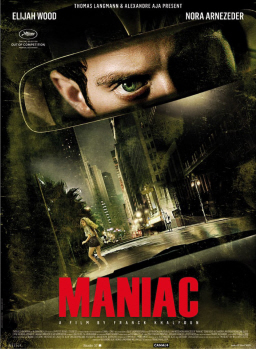 Anyone who saw Sin City knows that Elijah Wood can be one creepy dude.
Anyone who saw Sin City knows that Elijah Wood can be one creepy dude.
Forget the lovable, hairy-footed Fodo Baggins. As easily as Woods can tear up and give good old Sam Gamgee a hug, he can drop into the role of a glassy-eyed, sociopathic killer with disturbing believability.
Believe me. Because apparently, Wood has his craft so finely tuned that he has managed to skeeve out an entire country.
In a decision revealed Wednesday, New Zealand’s Office of Film and Literature Classification (OFLC) banned Franck Khalfoun’s film Maniac starring Elijah Wood from general screening in New Zealand, saying it can’t be shown outside of film festivals.
The ruling also means the movie can’t be distributed on DVD at a later date.
A remake of William Lustig’s grindhouse cult classic from 1980, Maniac opened in the U.S. last month courtesy of IFC Midnight and had its world premiere at Cannes in 2012.
It was due to screen next at the New Zealand International Film Festival, running July 26th through August 11th.
Explaining the ruling, a representative for the New Zealand fest said that the OFLC informed them that:
The POV (“point of view”) nature of the film mixed with the psychopathic behavior of actor Elijah Wood is more than disturbing, that it’s potentially dangerous in the hands of the wrong person — that is, a non-festival-goer.
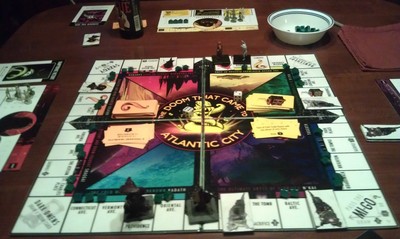
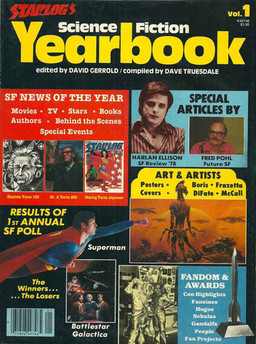
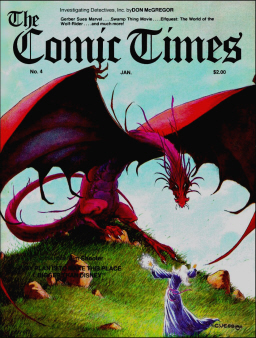
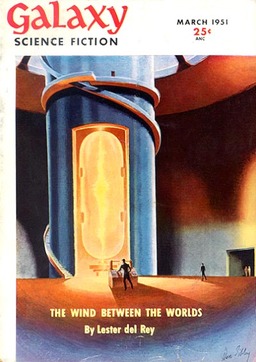
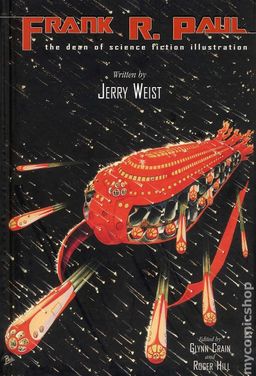
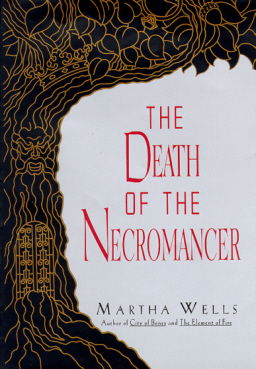
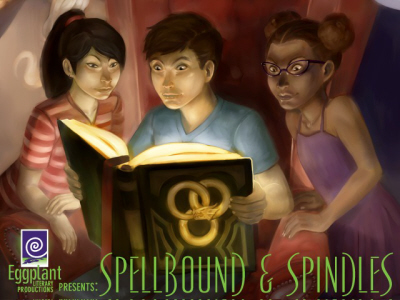
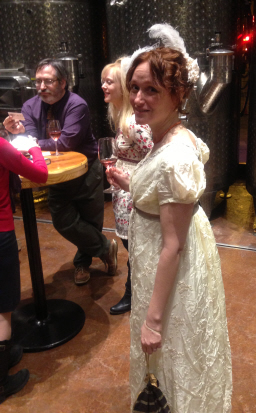
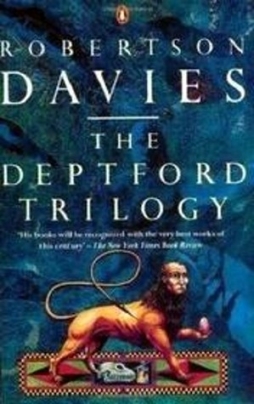 Normally, I write here about fantasy (which to me includes science fiction and horror). But some mimetic novels have a lot to say about the fantastic. Or a lot to say about related themes; wonder, for example, or the numinous. Those books are sometimes worth discussing at Black Gate, I think. Which is why I want to write now about Robertson Davies’s Deptford Trilogy — classics of Canadian literature, novels deeply concerned with wonder — and consider whether they should have been even more open to the fantastic than they in fact are.
Normally, I write here about fantasy (which to me includes science fiction and horror). But some mimetic novels have a lot to say about the fantastic. Or a lot to say about related themes; wonder, for example, or the numinous. Those books are sometimes worth discussing at Black Gate, I think. Which is why I want to write now about Robertson Davies’s Deptford Trilogy — classics of Canadian literature, novels deeply concerned with wonder — and consider whether they should have been even more open to the fantastic than they in fact are.